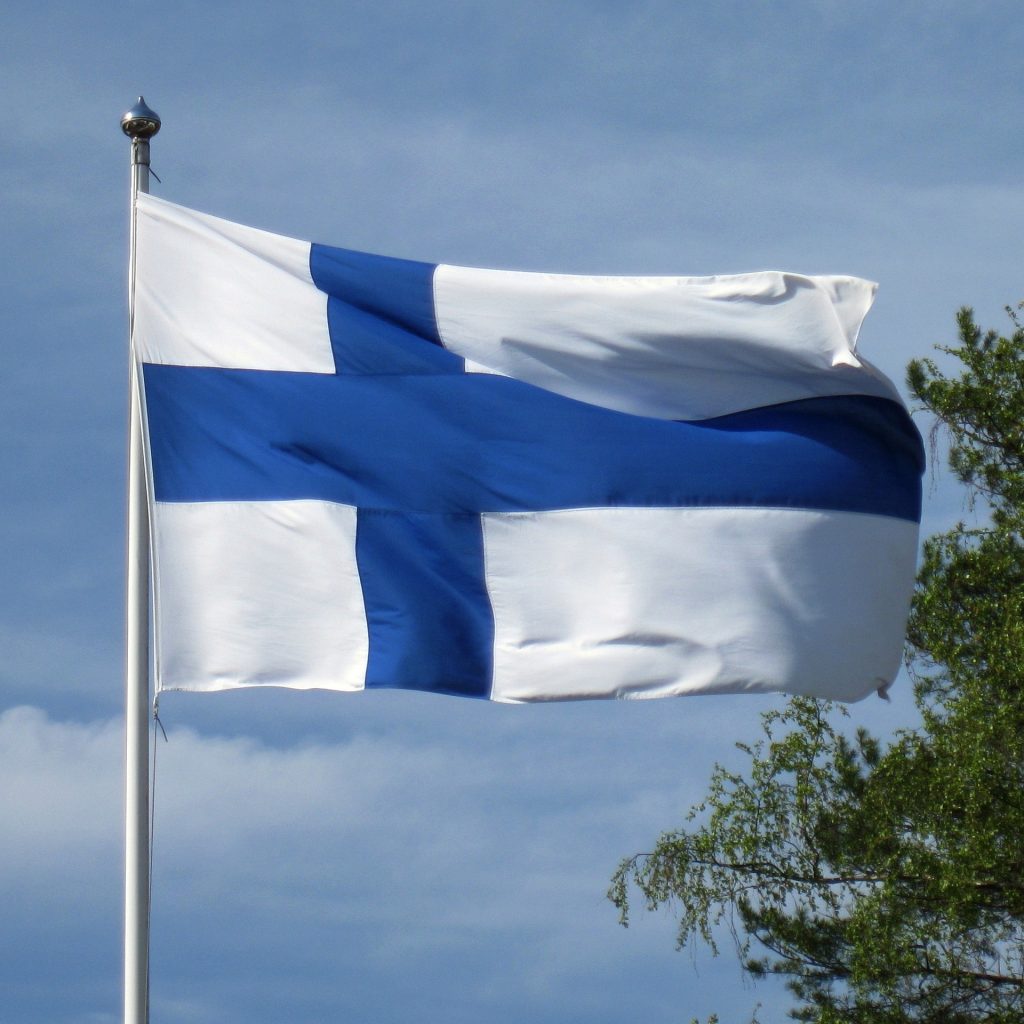Become inspired to travel to Finland
To start with, do you know what do the colors of Finland’s national flag represent? It is known that the blue of the country’s lakes and the white snow of its winters.
Perhaps it is because of the need to fill the long winter nights, but Finland certainly has plenty of entertainment of all kinds at all times of the year, with a fair proportion of it moving outdoors in summer. Music occupies the primary place, and there is an abundance of it, especially classical and jazz.


Not to mention, Finland is safe and child-friendly. There are many of the outdoor activity providers that have special provisions for children. Such as, visiting a husky farm, which can be found close to nearly all the main centres in the north. Also, Finland is a perfect place for children to learn to ski. There are plenty of broad, gentle and uncrowded slopes, and the instructors speak good English.
Helsinki is a vibrant and modern city. Most of the main attractions lie within a small area and walking is the simplest way of exploring them. The capital of Finland is a compact city easily explored on foot. Design, architecture, culture and shopping are all great exploration angles and large park areas, forests, lakes, and the coastline with numerous islands sprinkled off it make certain there’s no shortage of natural presence. To conclude, there’s something going on in Helsinki every day of the year. Click here and see 36 reasons why to love Helsinki.
This is a region rich in history, with many wooden towns, old ports and castles. There are no mountains or high hills, and fewer and smaller lakes than further east. The mix of land and water that is so typical of Finland is still evident, but in a pattern of islands dotting a glittering sea rather than of lakes and land.
Turku is an easy place to explore. It is a fairly small and compact city, but, thanks to its setting on the banks of the River Aura, it has an elegant and spacious feel. Visit Turku Cathedral, Luostarinmäki Handicrafts Museum, Sibelius Museum, Biological Museum, Qwensel House, Market Hall (Kauppahalli), etc.
The Åland Islands are at the entrance of the Gulf of Bothnia, halfway between Finland and Sweden. The 6,700 islands, of which only 60 are inhabited, form an archipelago and have a special state of autonomy in Finland. The islands were largely peaceful during the Second World War.
Things to do: Marimate Museum, Åland Museum, Åland Art Museum, Kastelholm Castle, Bomarsund fortress.
Tampere may be Finland’s third largest city, but with only 200.000 people, it is a tiny city by international standards. But there is always something going on here. It has a big city “buzz”, and yet it is easy to escape to the lakes that surround it. It is also a very compact city, with nearly all the main attractions within walking distance. In summer, another attraction is a cruise on the lakes.
Also, Tampere has some unusual and attractive museums, notably the Lenin Museum and the Spy Museum.
Whether you spend your days in the Finnish archipelago sailing in the summer, fishing in the autumn or nesting in a cosy cottage during the cold spring or winter months, you will love the experience all the same. The Finnish South coast offers for visitors regardless of the season a variety of fascinating destinations, lots of nature, many beautiful old cities, culture and history.
Porvoo is most famous for its charming Old Town that dates back to the Middle Ages and is filled with adorable cafés, restaurants and handicraft boutiques. Beautiful manors, museums, churches and chapels characterize Porvoo.
Kotka-Hamina Region is a seaside region with the River Kymijoki and its rapids, wonderful urban parks, outstanding cultural events and dazzling history of the border region – all little over an hour’s drive from Helsinki and just a stone’s throw from the Russian border.
Vuirolahti is the last town before the Russian border, and is in fact almost equidistant between Helsinki and St Peterburg. The crossing at Vaalimaa is the busiest on the Russo-Finnish border, with close to 1.5 million people now crossing each year. There has been rapid development, especially of shopping facilities, on the Finnish side.